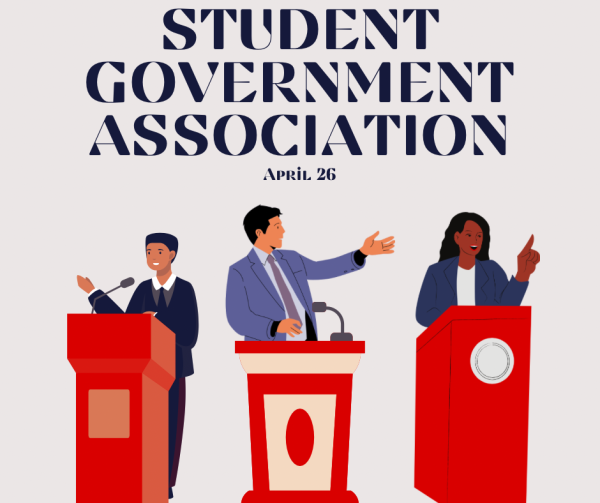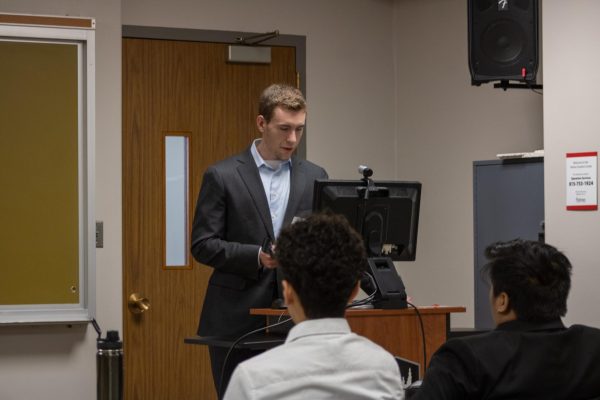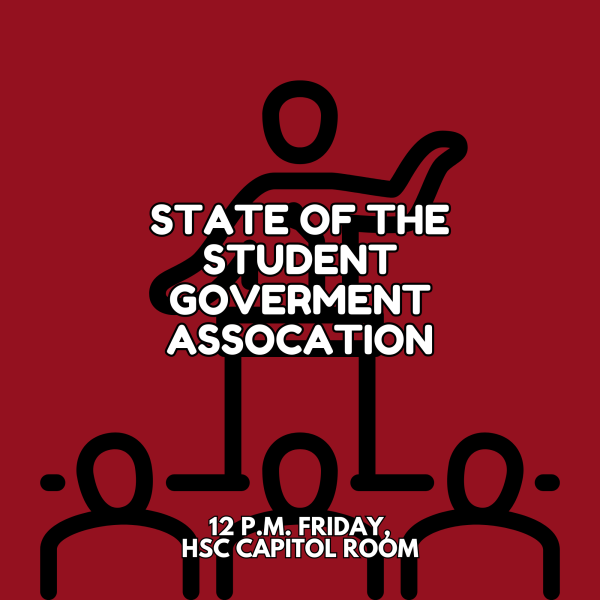SA Supreme Court unable to appoint chief justice, clerk; Hasn’t heard case since 2004
November 25, 2008
Court is now in session – most of it anyway.
The Student Association did not fill all five Supreme Court seats this semester, leaving the Court unable to appoint a chief justice or a clerk of the court. The Court has not heard a case in over four years.
Lack of participation in the SA, and not opening up the application process soon enough in the semester, were reasons given by some of the justices as to why these deficiencies have occurred.
The SA approved its first Supreme Court justice this semester, Aaron Funfsinn, on Nov. 9 before approving two more, Eric Johnson and Paulette Tolene, Nov. 16. A fourth justice, Andrew Ringel, gained approval Sunday.
The first day the Supreme Court was eligible to hear a case was Nov. 16, since at least three members are required for it to do so, Tolene said. She expressed disappointment that it was allowed to stay empty for so long, and said that it falls on the SA president to get the appointments in place.
“Especially if there was a problem with the Senate pending, it sets up a conflict of interest,” she said. “It really sets a dangerous precedent. I don’t believe there were any attempts made to open up the application process until the last month or so.”
The last case heard by the Supreme Court, in 2004, involved a student organization that was denied SA recognition because it was too similar to another group on campus, Johnson said. The group then took its case before the Court, which also denied it recognition.
Funfsinn said he thinks low participation in SA elections by both voters and prospective candidates is to blame for the fact that it has been four years and counting since a case has been heard.
The Court “rules on appeals relating to the proper conduct of elections” and “decides the wording of referenda,” according to the SA Constitution.
Funfsinn said there haven’t been election appeals because there are so few candidates for executive positions. To run for office, a student has to get 400 signatures in a matter of a few days, Funsfinn said, so he introduced a bill to the Senate proposing to change the time period from a few days to two weeks.
“If we had more candidates, we’d have more students voting,” he said.
For a student to request to have a referendum placed on an election ballot, he or she must first get signatures from 10 percent of the student body, which this semester would be 2,439 signatures.
Funsfinn said he thinks the Senate should re-evaluate that rule, as attaining that many signatures is nearly impossible.













